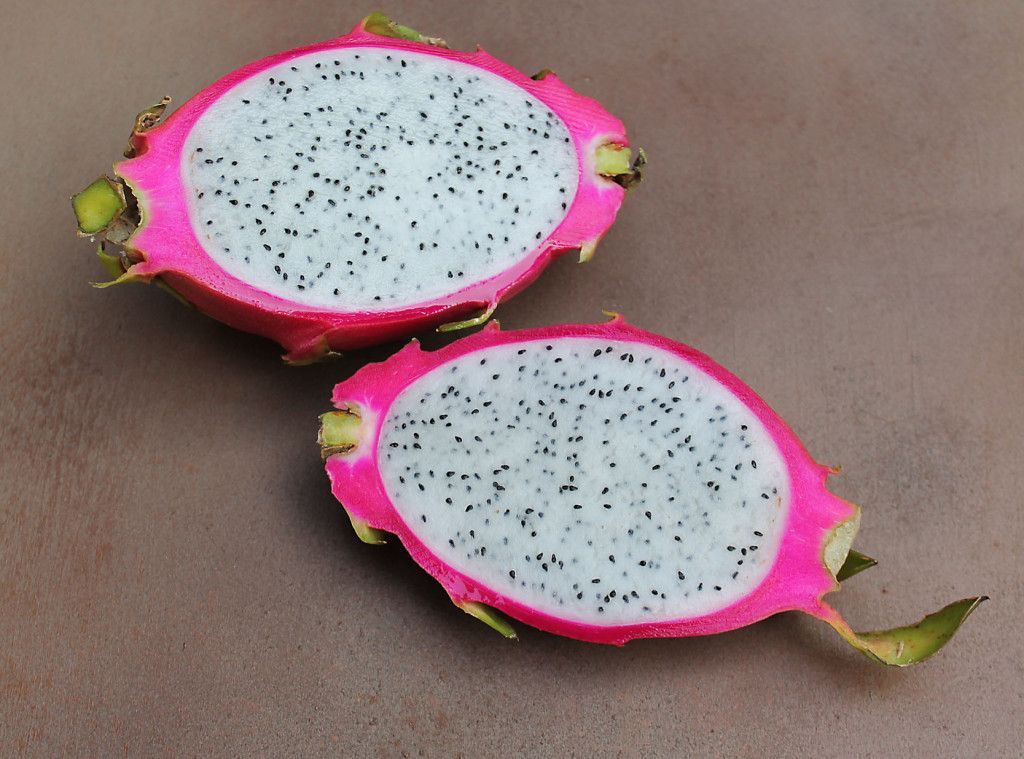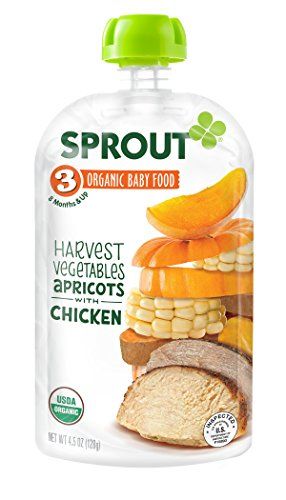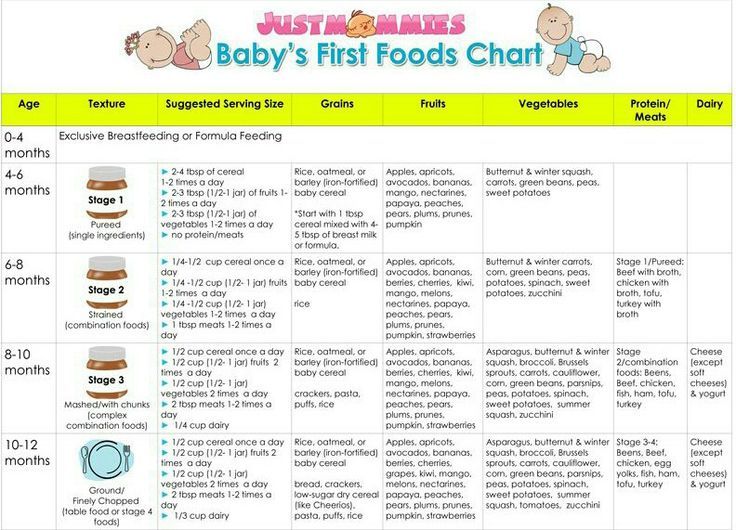Dragon fruit baby food
Dragon Fruit (Pitaya) for Babies - First Foods for Baby
When can babies eat dragon fruit?
You may introduce dragon fruit as soon as your baby is ready for solids, which is generally around 6 months old. Dragon fruit is soft and should be relatively easy for your baby to hold and eat.
Background and origins of dragon fruit
Dragon fruit is the edible flower of a cactus that is native to the Americas. Today dragon fruit is mainly cultivated in Florida, Southeast Asia, Australia, and the Caribbean. With thick, brightly-colored skin and a soft, white seedy interior, dragon fruit is most similar in texture to a kiwi—with a less distinct taste. Dragon fruit comes in purple, white, and yellow varieties.
Whatever the type, make sure to serve dragon fruit when you have time to clean up afterward. The seeds are clingy and tend to end up between baby’s fingers, in their hair, and everywhere else.
Recommended Guide: 25 Foods Never To Feed Your Baby
Is dragon fruit healthy for my baby?
Yes. While dragon fruit doesn’t have many calories, it contains a fair amount of antioxidants, carotene (for healthy eyes and immunity), calcium, iron, B-vitamins, and vitamin C—all critical nutrients for babies 6 months and up.
Is dragon fruit a common choking hazard for my baby?
Dragon fruit, if ripe and prepared in an age-appropriate way, should not pose a choking risk. As long as your baby is ready for solids and you are creating a safe feeding environment, your baby can eat dragon fruit.
For more information, visit our section on gagging and choking and familiarize yourself with common choking hazards.
Is dragon fruit a common allergen?
Allergies to dragon fruit are rare, though people who are allergic to kiwi, as well as people with Oral Allergy Syndrome (a food-related allergy that causes reactions to foods with similar protein structures to pollen) may be allergic to dragon fruit.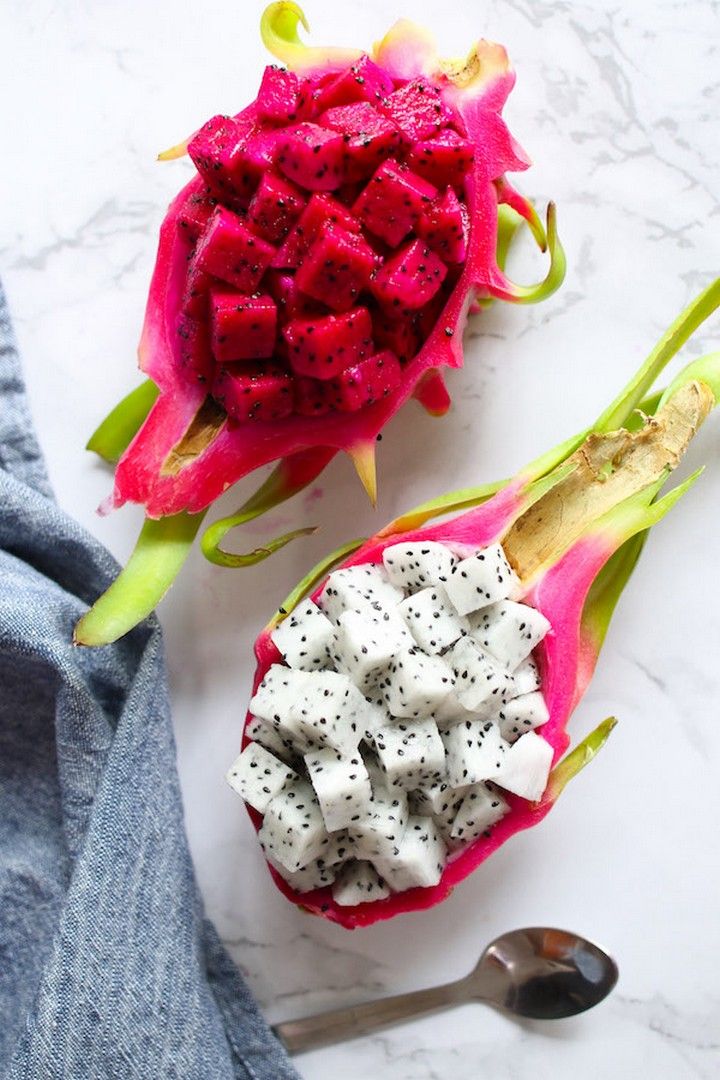
How do you prepare dragon fruit for babies with baby-led weaning?
Every baby develops on their own timeline, and the suggestions on how to cut or prepare particular foods are generalizations for a broad audience. Your child is an individual and may have needs or considerations beyond generally accepted practices. In determining the recommendations for size and shape of foods, we use the best available scientific information regarding gross, fine, and oral motor development to minimize choking risk. The preparation suggestions we offer are for informational purposes only and are not a substitute for child-specific, one-on-one advice from your pediatric medical or health professional or provider. It is impossible to fully eliminate all risk of a baby or child choking on any liquid, puree, or food. We advise you to follow all safety protocols we suggest to create a safe eating environment and to make educated choices for your child regarding their specific needs. Never disregard professional medical advice or delay in seeking it because of something you have read or seen here.
6 to 12 months old: Serve dragon fruit, peel removed, in large half pieces or quarters. Once your baby develops a pincer grasp, cut up the dragon fruit into small pieces. Warning: dragon fruit seeds have a static cling-like ability and are very hard to clean up!
12 to 18 months old: Offer your toddler bite-size pieces of dragon fruit. This is a great time to practice with forks too.
18 to 24 months old: At this age you may notice your child is able to take accurate bites and to tear foods efficiently. If you feel ready, you can go back up in size and offer spears of dragon fruit or continue with bite-size pieces.
A large spear of dragon fruit for babies 6 months+Bite-sized pieces of dragon fruit for babies 9 months+How often should you offer solids? See our sample feeding schedules for babies of every age.
Open and cut the dragon fruit in front of your babies. The skin’s vivid color and polka dot interior will surely fascinate them and may help stimulate their curiosity to taste it.
Recipe: Dragon Fruit Parfait
Ingredients
- Plain Greek yogurt (full-fat)
- Dragon fruit
- Strawberries
- Banana
- Flax oil
Directions
- Using a fork, vigorously mix a small dash (less than a teaspoon) of flax oil with the yogurt in your baby’s bowl.
- Wash the dragon fruit and cut it in half vertically. Bending back the outer thick skin, pop out the seedy interior flesh and dice it into small pieces.
- Slice the strawberries and banana. Mix the fruit together and serve on top of the yogurt.
Heads up that flax stimulates the bowels—which is great when your baby is constipated—but may not be desirable if your baby is regular!
Flavor Pairings
Dragon fruit, which is quite bland on its own, nicely complements strawberries, bananas, pears, pineapples, and finely chopped mint.
Dragon Fruit For Babies: Benefits, Precautions And Recipes
It is nutritious and may be given to babies, but follow safety measures to avoid choking.
Research-backed
MomJunction believes in providing reliable, research-backed information to you. As per our strong editorial policy requirements, we base our health articles on references (citations) taken from authority sites, international journals, and research studies. However, if you find any incongruencies, feel free to write to us.
Image: Shutterstock
Dragon fruit for babies is a good choice, provided you feed it to them at the right age and in age-appropriate ways. Grown and consumed worldwide, dragon fruit usually has a thick, red-colored outer skin with green scales and a soft pulp with several tiny, edible seeds (1). Also, its pulp can be white, pink, yellow, or deep red, depending on the variety.
The fruit has a sweet-sour taste and soft, juicy texture, making it a good choice for babies.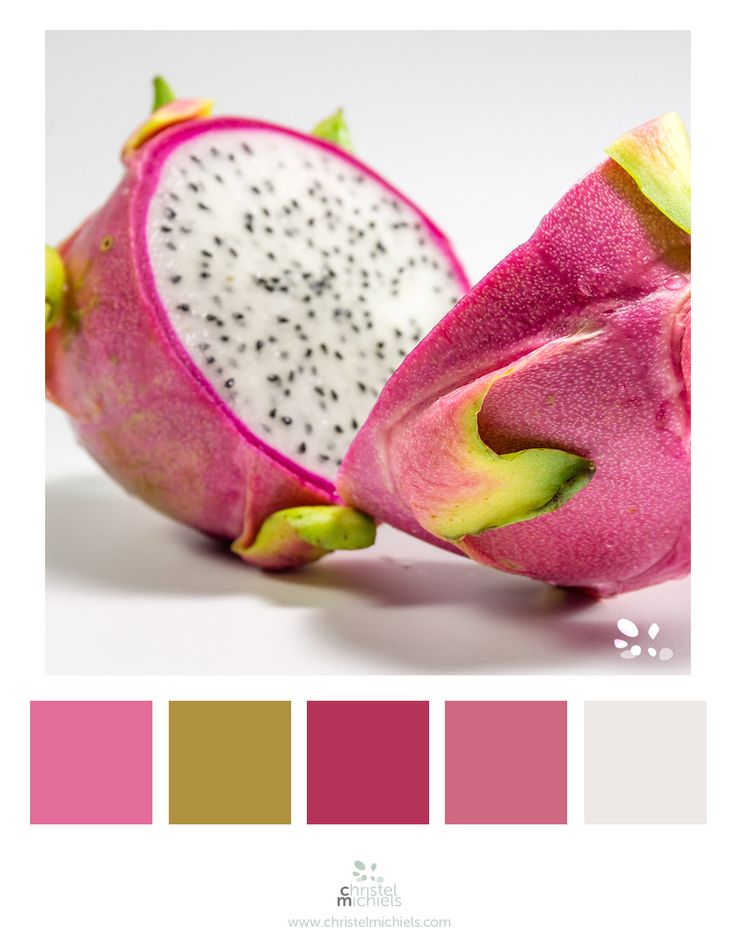 In addition, it contains several nutrients and bioactive compounds that can promote a baby’s overall health. Scroll down to read more about dragon fruit’s possible health benefits, nutritional value, and age-appropriate ways to feed it to your baby.
In addition, it contains several nutrients and bioactive compounds that can promote a baby’s overall health. Scroll down to read more about dragon fruit’s possible health benefits, nutritional value, and age-appropriate ways to feed it to your baby.
When Can Babies Begin Eating Dragon Fruit?
Ripe dragon fruit has a soft, easy-to-swallow pulp that most babies can begin eating from six months of age. You can introduce dragon fruit pulp as smooth, lump-free puree or mash. Once the baby is comfortably digesting the fruit, you may add it to other foods, such as porridge. You can feed peeled, thick dragon fruit pulp quarters as healthy finger food around nine to ten months of age.
Then, at around 12 months, you can gradually begin serving bite-sized, thin dragon fruit wedges or pieces as the baby’s pincer grasp improves. Since dragon fruit without peel can be slightly slippery, it can be a choking hazard. So, stay alert and monitor your baby when they are self-feeding dragon fruit.
Related: Baby Choking On Breastmilk: Why Does It Happen And What To Do
Nutritional Value Of Dragon Fruit
Dragon fruit is a cacti fruit rich in nutrients, such as vitamin C and phosphorus. Besides, it contains several bioactive compounds that could contribute to overall health. The fruit’s nutrient composition is somewhat variable, from variety to variety.
100 grams of dragon fruit (Hylocereus undatus) with red peel and white pulp can offer the following nutrients to the baby (2) (3):
| Nutrients | Amount | AI |
| Water | 89% | – |
| Fiber | 0.3g | – |
| Calcium | 6mg | 260mg |
| Phosphorus | 19mg | 275mg |
| Iron | 0.4mg | 11mg (RDA) |
| Thiamine | 0.2mg | 0.3mg |
| Vitamin C (Ascorbic acid) | 25mg | 50mg |
Source: University of Florida and USDA
AI = Adequate intake – nutrient level assumed to ensure nutritional adequacy
Possible Health Benefits Of Dragon Fruit For Babies
Below are some of the possible health benefits that your baby could reap by consuming dragon fruit as a part of a well-balanced diet.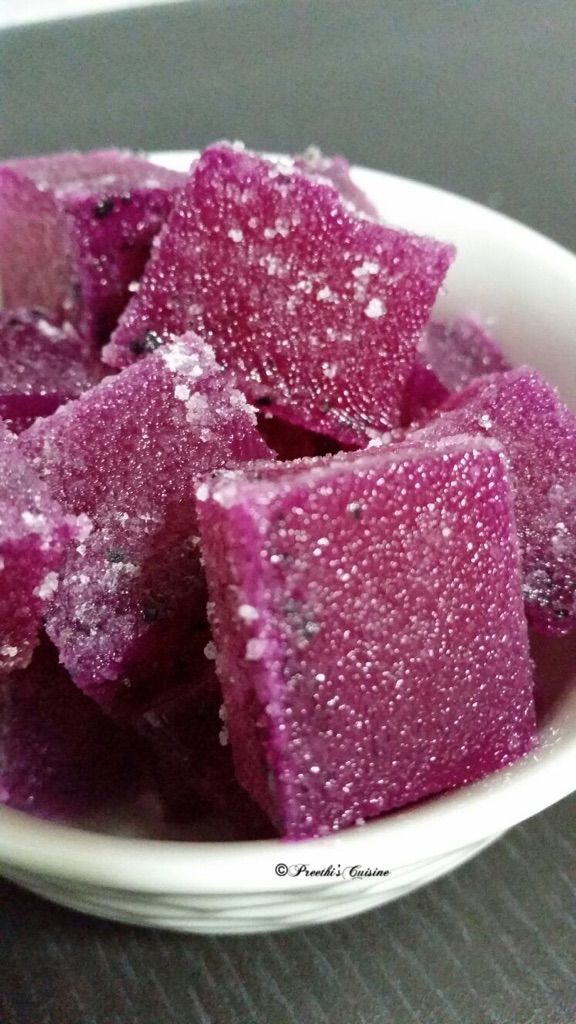
- Proper eye and skin development: Dragon fruit pulp and seeds contain vital nutrients, such as PUFA (polyunsaturated fatty acids), vitamin A and C, phosphorus, calcium, and iron. These nutrients can contribute to the baby’s overall growth and development (1). For instance, vitamin A (beta-carotene) in dragon fruit can support healthy eye and skin development, whereas phosphorus can help maintain electrolyte balance and bone health.
Related: Natural Tips To Make Your Baby’s Skin Fair: Do They Work?
- Healthy digestive system: A healthy gut is a prerequisite for effective food digestion and nutrient absorption. Consuming dragon fruit can offer ample water and fiber to help achieve a healthy gut. While fiber and water together can regulate bowel movement and beat constipation, fiber can also act as a prebiotic (1) (4). Prebiotics boost gut microflora (probiotics), which impart several long-term health benefits.

- Robust immune system: Vitamin A (beta- carotene) and C, betalains, and polyphenols are several compounds in dragon fruit that possess antioxidant properties (5). Antioxidants are compounds that combat free radical damage and enhance an individual’s immunity.
Besides these, dragon fruit intake, especially red dragon fruit, may boost an infant’s iron levels as it contains more iron than other varieties (5).
Precautions To Take While Feeding Dragon Fruit To Babies
Feeding dragon fruit in age-appropriate ways with basic precautions can ensure your baby enjoys its benefits with minimal concerns. Here are some precautions to adhere to when feeding dragon fruit to babies.
- Introduce peeled dragon fruit pulp in smooth, lump-free puree or mash form to your baby. As the baby develops the fruit’s taste and digestibility, feed dragon fruit to your baby in various ways.
- Introduce a teaspoon or two of the fruit’s puree or mash in a meal.
 Depending on the baby’s tolerance, gradually increase the quantity to a tablespoon or two.
Depending on the baby’s tolerance, gradually increase the quantity to a tablespoon or two.
- Follow a “three to five-day wait” rule to eliminate the possibility of food allergy or intolerance.
- If the baby seems uncomfortable after ingesting the fruit, discontinue feeding for the time being. Reintroduce the fruit in the diet after two to three days. If the problem persists, consult a pediatrician.
- Allergy to dragon fruit is rare but possible. Allergic reactions, such as itching of the mouth, urticaria, and vomiting, may appear immediately or a few minutes after touching or eating the fruit (6).
- If your baby has a family history of food allergies or oral allergy syndrome, especially with kiwi, then consult your healthcare provider before introducing dragon fruit to your baby.
- Avoid over-feeding dragon fruit to babies and toddlers to avert gastrointestinal issues, such as bloating and diarrhea, which may happen in sensitive babies.
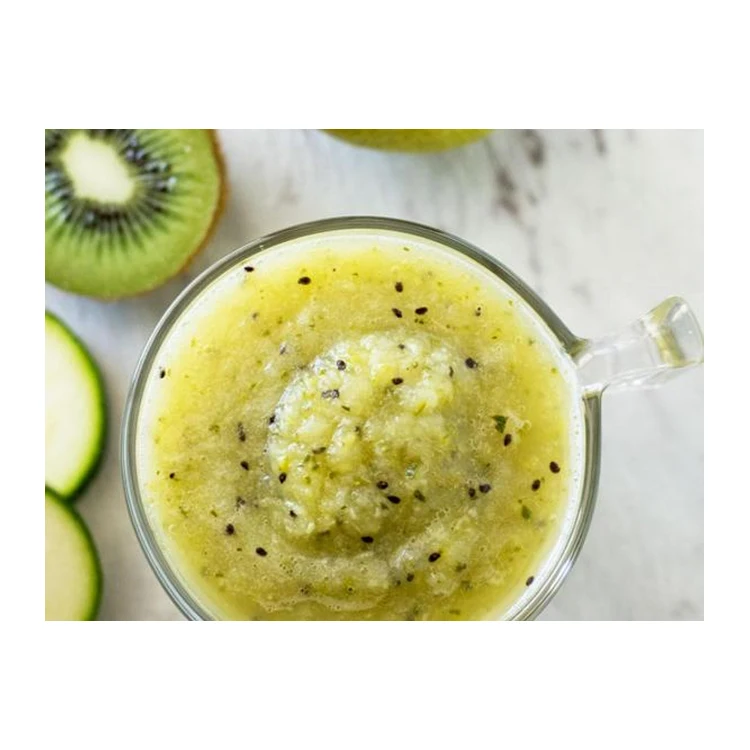 Also, overeating dragon fruit can quickly fill the baby’s tummy, making them skip the next meal.
Also, overeating dragon fruit can quickly fill the baby’s tummy, making them skip the next meal.
- Give bite-sized, graspable chunks of dragon fruit to babies as finger foods. As the babies grow, serve thin dragon fruit slices or wedges to toddlers.
Most people eat dragon fruit fresh. However, you may use its frozen pulp to make sorbet and ice cream at home. Dried dragon fruit chips and chunks are also an option.
Related: 21 Healthy Finger Foods For Toddlers
Tasty And Healthy Dragon Fruit Recipes For Babies And Toddlers
Here are some easy dragon fruit recipes you can try for babies and toddlers.
1. Dragon fruit puree (6+ months)
Image: Shutterstock
You will need:
- ½ red dragon fruit
- 1tsp breast milk or formula (optional)
How to prepare:
- Deskin the dragon fruit and scoop its pulp.
- Blend the pulp into a smooth, lump-free puree using a blender or food processor.
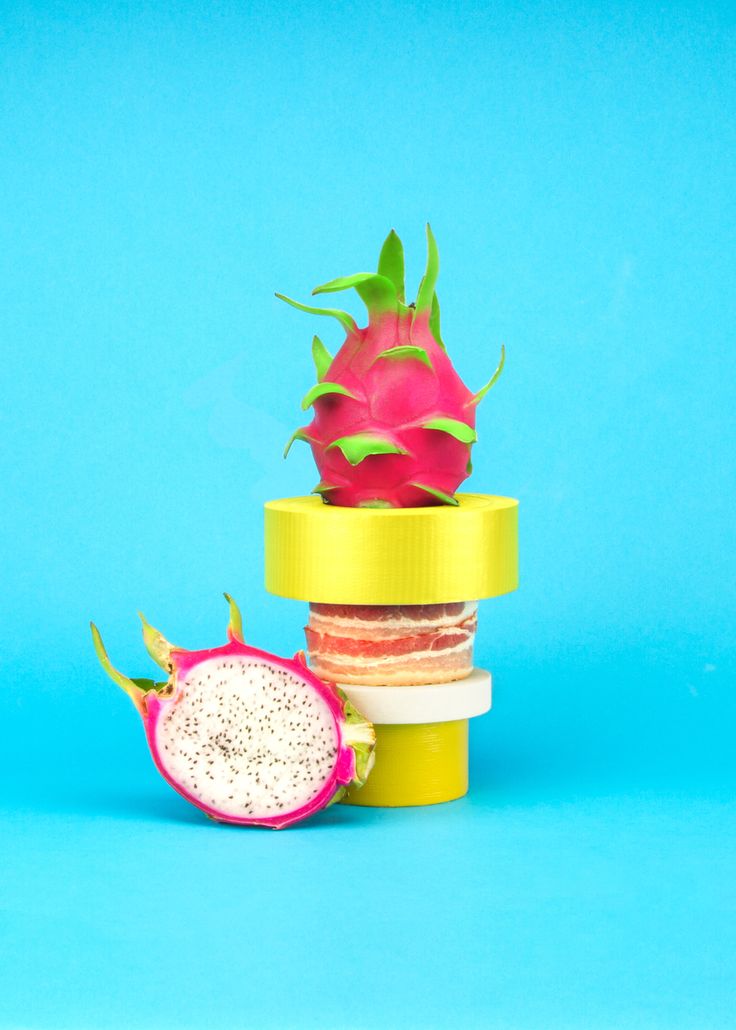
- Transfer the puree to a bowl and feed the baby. If the puree seems thick, adjust its consistency using formula or breast milk.
2. Dragon fruit and pineapple sorbet (8+ months)
Image: Shutterstock
You will need:
- 1 ripe pink-fleshed dragon fruit (peeled and chopped)
- ½ tbsp fresh lemon juice
- 1tsp brown sugar
How to prepare:
- Blend all the ingredients into a smooth-flowing puree using a blender. Ensure no lumps are present.
- Pour the puree into an ice cream maker and churn until it is frozen. Alternately, you can freeze the puree for at least two hours.
- Once the sorbet is ready, keep it at room temperature for ten minutes to make its consistency ideal for feeding babies.
3. Dragon fruit parfait (10+ months)
Image: Shutterstock
You will need:
- 1 cup white or pink-fleshed dragon fruit (deskinned and diced into graspable pieces)
- 1 cup unsweetened Greek yogurt
- ½ cup frozen strawberries (diced into graspable pieces)
- ½ frozen banana (diced into graspable pieces)
- 1tsp chia seeds
How to prepare:
- Put the yogurt in a bowl and add chia seeds to it.
 Let the bowl sit in the refrigerator for 30 minutes to let the seeds swell.
Let the bowl sit in the refrigerator for 30 minutes to let the seeds swell. - Add fruits into the bowl and give a gentle toss until everything mixes well. The parfait is ready.
- Feed it to your baby immediately, or chill it for 15 to 20 minutes before serving. You can add more seasonal fruits to the dish to make it healthier.
4. Dragon fruit smoothie (12+ months)
Image: Shutterstock
You will need:
- 1 cup unsweetened almond milk
- ½ cup white-fleshed dragon fruit
- 1tsp organic honey
- 1tsp dried fruit powder
How to prepare:
- Put all the ingredients into a blender and blend well. Ensure the smoothie is smooth-flowing with no lumps.
- Pour the smoothie into a mason jar or glass and serve it to your toddler.
Dragon fruit is a healthy fruit you can feed to babies in puree or mash form. Its mild sweet taste and smooth texture make it easy to add to other foods, letting you prepare several delicious preparations for babies. As babies grow, you can offer thin, graspable chunks or slices of dragon fruit as finger foods, letting them enjoy the fruit while self-feeding.
As babies grow, you can offer thin, graspable chunks or slices of dragon fruit as finger foods, letting them enjoy the fruit while self-feeding.
1. Does dragon fruit increase weight?
Dragon fruit is rich in fiber and naturally fat-free. It keeps one full between meals and might not lead to weight gain when eaten in moderation (7).
2. Is red dragon fruit better than white?
Red dragon fruit is believed to be healthier as it is richer in iron than white dragon fruit and may help increase hemoglobin and erythrocyte levels (8).
3. Does dragon fruit change stool color?
Yes, red dragon fruit might give a pinkish or reddish tint to stool. However, it is a temporary change, and the poop color changes once dragon fruit is out of your system.
Key Pointers
- Babies eating various solids can consume dragon fruit in puree and mash forms.
- Dragon fruit is rich in nutrients, such as vitamin C and several bioactive compounds, including polyphenols and betalains.

- Feeding dragon fruit can keep babies’ immunity robust and their digestive system active.
References:
MomJunction's articles are written after analyzing the research works of expert authors and institutions. Our references consist of resources established by authorities in their respective fields. You can learn more about the authenticity of the information we present in our editorial policy.
1. Madhuri Shrikant Sonawane; Nutritive and medicinal value of dragon fruit; The Asian Journal Of Horticulture
2. Pitaya (Dragonfruit) Growing in the Florida Home Landscape; University of Florida
3. Dietary Guidelines for Americans 2020-2025; USDA
4. Pissared Khuituan et al; Prebiotic oligosaccharides from dragon fruits alter gut motility in mice; NCBI
5. Md. Farid Hossain et al.; Cultivation, Nutritional Value and Health Benefits of Dragon Fruit (Hylocereus spp.): A Review; International Journal of Horticultural Science and Technology.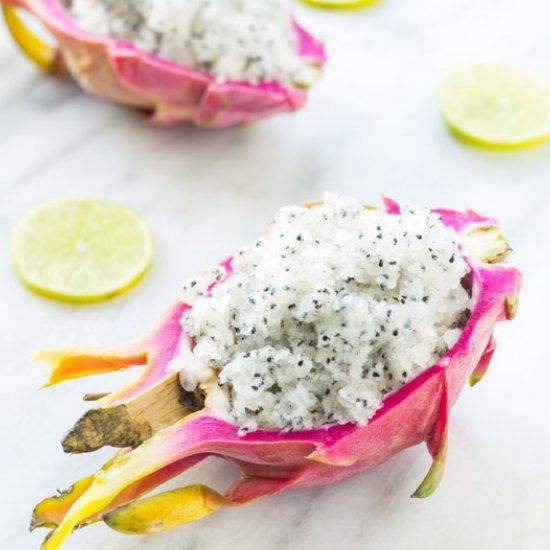
6. Andreas Kleinheinz et al.; Anaphylactic reaction to (mixed) fruit juice containing dragon fruit; The Journal Of Allergy And Clinical Immunology
7. DRAGON FRUIT; The US Department of Agriculture
8. MADHURI SHRIKANT SONAWANE; Nutritive and medicinal value of dragon fruit; The Asian Journal of Horticulture
The following two tabs change content below.
- Reviewer
- Author
Swati Patwal is a clinical nutritionist, a Certified Diabetes Educator (CDE) and a toddler mom with over eight years of experience in diverse fields of nutrition. She started her career as a CSR project coordinator for a healthy eating and active lifestyle project catering to school children. Then she worked as a nutrition faculty and clinical nutrition coach in different... more
Jyoti Benjamin has 25 years of experience as a clinical dietitian and currently works in Seattle. She focuses on teaching people the value of good nutrition and helping them lead healthy lives by natural means.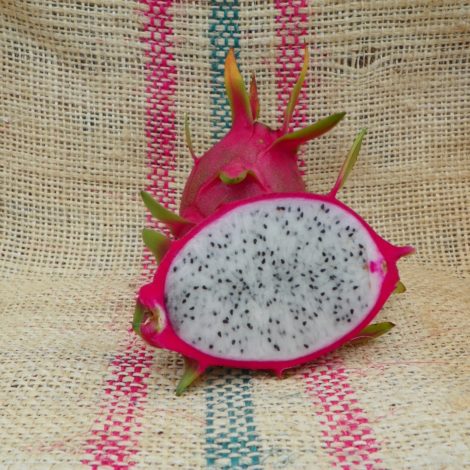 Benjamin has a masters in Foods and Nutrition, and has been a longtime member and Fellow of AND (Academy of Nutrition and Dietetics) and the... more
Benjamin has a masters in Foods and Nutrition, and has been a longtime member and Fellow of AND (Academy of Nutrition and Dietetics) and the... more
How to eat pitahaya - Lifehacker
March 14, 2020LikbezFood
Tips on how to choose a ripe and tasty fruit, as well as three recipes.
Share
0How to choose a pitahaya
Pitahaya (pitahaya) is the fruit of several types of cacti. It is also known as dragon fruit.
Depending on the species, the fruit has a yellow skin with white flesh, as well as a pink-red skin with red or white flesh.
Photo: yarunivphoto / DepositphotosRipe pitahayas are the tastiest. In such fruits, the peel is bright pink, red or deep yellow, the outer growths are not dry. There are no stains, rot or other damage on the surface. If the fruits are green in whole or in part, it is better to refuse to buy, the taste will not be very good.
Photo: mabaff / Depositphotos A ripe pitahaya feels firm enough to the touch, but not loose or too hard.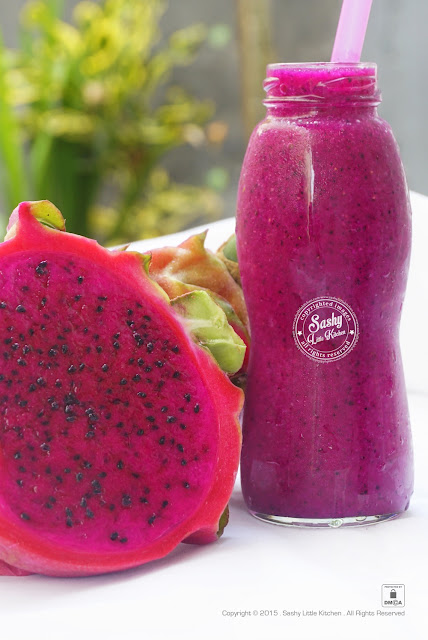 If the fruit is easily crushed with a finger and is very soft, it is clearly overripe and will not taste good. Too hard fruits are unripe. If you bought such a pitahaya, leave it to ripen for several days in a paper bag.
If the fruit is easily crushed with a finger and is very soft, it is clearly overripe and will not taste good. Too hard fruits are unripe. If you bought such a pitahaya, leave it to ripen for several days in a paper bag.
Memorize 🍽️
- How to eat passion fruit
How to cut and clean pitahaya
Take a ripe fruit and cut it lengthwise into two parts with a sharp knife. After that, the pulp can simply be eaten with a spoon.
Or divide each halves into several parts and carefully separate the skin. It is easily removed by hand.
Photo: maxdphotography / DepositphotosCut the peeled pulp into small pieces and serve as a separate dessert or with other fruits. Pitahaya is especially delicious when chilled.
Take note 🥑
- How to eat avocado
What to cook with pitahaya
This exotic fruit makes delicious refreshing drinks.
Pitahaya smoothie with mango and banana
Photo: galitskaya / DepositphotosIngredients
- 1 banana;
- ½ mango;
- 1 pitahaya;
- 180 ml apple juice.

Preparation
Cut banana, mango and pitahaya pulp into small pieces. Combine, pour apple juice and beat with a blender for about 30-50 seconds.
Pitahaya smoothie with apple and banana
Photo: oilslo / DepositphotosIngredients
- 1 apple;
- 1 pitahaya;
- 1 frozen banana;
- 50 ml Greek yogurt;
- 150 ml apple juice.
Preparation
Peel and core the apple. Cut into small pieces along with slightly thawed banana and pitahaya pulp. Combine fruit with yogurt and apple juice. Beat with a blender for about 30-50 seconds.
Pitahaya Milkshake
Photo: [email protected] / DepositphotosIngredients
- 1 Pitahaya;
- 400 ml milk;
- 3 tablespoons of sugar;
- 2 drops vanilla extract.
Preparation
Cut the flesh of the fruit into small pieces. For a few seconds, beat with a blender along with cool milk, sugar and vanilla extract.
Read also 🍓
- 12 fruit and berry salads that taste better than cakes
- How to eat feijoa
- How to eat kumquat
- How to eat lychee
- How to eat mango
Pitahaya - Pitahaya - Dragon fruit. Benefit. How to choose ripe?
Pitahaya or pitahaya is the name of a plant of the cactus family of the genus Hylocereus. The appearance of the fruit is unusual for us, somewhat similar to the body of a dragon, therefore the popular name of pitaya is dragon fruit, prickly pear. And thanks to the core, it is also called the dragon's eye. This bushy, tree-like cactus produces tasty, juicy fruits that differ in characteristics depending on the cultivar.
Pitahaya, dragon fruit, pitahaya is an exotic plant, the first mention of which can be found even among the ancient Aztecs. The pitaya tree and its unusual fruits were familiar to the Indians who lived in California. This healthy and tasty pink fruit was used for food not only in its raw form. The Indians roasted the seeds on fire, ground them, and then prepared nutritious decoctions based on the resulting flour.
The Indians roasted the seeds on fire, ground them, and then prepared nutritious decoctions based on the resulting flour.
Today the pitahaya tree is grown in Mexico, some countries of Central and South America, Vietnam, Israel. When used properly, the fruit brings great benefits to the body. It favorably affects the functioning of the digestive system, strengthens blood vessels, heart muscle, eyesight, helps to get rid of excess weight, removes toxic and other harmful substances, and improves immunity.
However, the use of this exotic fruit still needs to be treated with caution. In large portions, pitahaya can lead to diarrhea, increased gas formation, and heartburn. Therefore, it is recommended to use it without fanaticism, no more than 2 - 3 fruits per day.
- How to clean the dragon fruit?
- Is it possible to give pitahaya to children?
- How much pitahaya can be consumed per day?
What is pitahaya
Pitahaya or pitahaya is the name of a plant of the cactus family of the genus Hylocereus.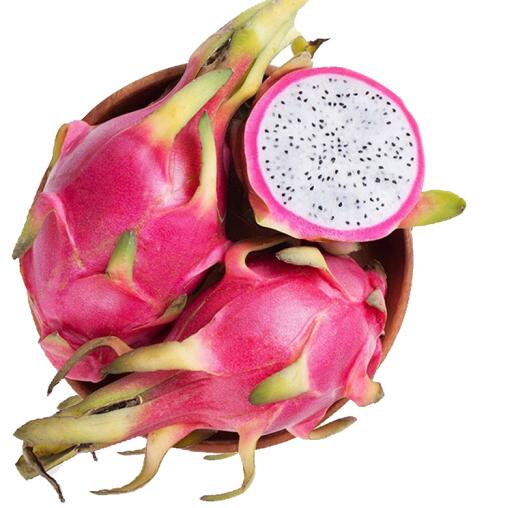 The appearance of the fruit is unusual for us, somewhat similar to the body of a dragon, therefore the popular name of pitaya is dragon fruit, prickly pear. And thanks to the core, it is also called the dragon's eye. This bushy, tree-like cactus produces tasty, juicy fruits that differ in characteristics depending on the cultivar. Fruit can be:
The appearance of the fruit is unusual for us, somewhat similar to the body of a dragon, therefore the popular name of pitaya is dragon fruit, prickly pear. And thanks to the core, it is also called the dragon's eye. This bushy, tree-like cactus produces tasty, juicy fruits that differ in characteristics depending on the cultivar. Fruit can be:
- large and small;
- various colors of flesh and skin;
- different surface: with thin colored scales, small growths.
Red dragon fruit contains a lot of black seeds, so to enjoy the unusual taste, you first need to get rid of the seeds. In nature, the pitaya tree can only grow in hot tropical climates. High soil moisture leads to rotting of the plant and falling off of inflorescences. Dragon fruit tolerates light frosts.
The roots of the plant are aerial, they get food by penetrating into cracks and cracks, where organic matter, useful for proper growth and development, accumulates. The cactus is propagated by stem cuttings, the flowers bloom at night and bloom only once. The plant is practically not afraid of insects and other pests. Only high humidity, which causes the development of the fungus and the rapid decay of the stems, adversely affects the growth and development. The situation is exacerbated when the air temperature drops. Under such conditions, the culture ceases to bloom and bear fruit, quickly dies.
The plant is practically not afraid of insects and other pests. Only high humidity, which causes the development of the fungus and the rapid decay of the stems, adversely affects the growth and development. The situation is exacerbated when the air temperature drops. Under such conditions, the culture ceases to bloom and bear fruit, quickly dies.
Most species of pitahaya cannot self-pollinate and therefore require insects for pollination. Dragon heart fruit has a sweet taste and pleasant aroma. But it is worth noting that red pitaya is less sweet than yellow. The pulp is eaten, which must first be peeled and cut into slices or small pieces.
Vietnam. How does pitahaya grow?
Watch this video on YouTube
Dragon Fruit Legend
According to ancient legends, it was the unusual taste of the dragon fruit, which was so appreciated by brave warriors, that caused the inevitable death of fire-breathing monsters. Everyone knows what a pitahaya looks like - outwardly it looks like the body of a dragon, because an exotic fruit is a dragon's heart, which can be obtained only by killing a monster. So people hunted giant giants to get their hearts and enjoy the unusual taste.
So people hunted giant giants to get their hearts and enjoy the unusual taste.
Due to human gastronomic preferences, the number of magical creatures began to decrease sharply. Soon the monsters completely died out, leaving behind amazing plants. The pitaya tree now grows in Thailand, from where people began to spread it around the world. The same legends claim that the person who eats the fruit will become bolder, more courageous, stronger.
To believe this legend or not, everyone decides for himself, but many are surprised and enchanted by the beautiful, unusual type of fruit, which really looks like the body of a dragon. Therefore, if you want to become bold and courageous, like this giant mythical creature, take an interest not only in what the dragon fruit looks like, but also be sure to taste the fruit to gain magical powers.
How to Plant and Grow Pitahaya, Dragon Fruit.
Watch this video on YouTube
Composition and calorie content of Pitaya
Pitaya, the taste of which resembles a hybrid of watermelon and kiwi, is very useful for the human body, as it contains vital vitamins, micro- and macroelements involved in all life processes.
Ripe fruits are a rich source of such micro and macro elements. The chemical composition is represented by the following elements:0424
Dragon Fruit nutritional value
Pitaya fruit is low in calories - only 35 - 50 kcal per 100 g. Calorie content may vary depending on the variety. Nutrient content in fruit:
- proteins - 0.49 g;
- fats - 0.1 - 0.6 g;
- carbohydrates - 9 - 14 g;
- water - up to 90 g;
- dietary fiber - up to 0.9 mg;
- ash - 0.4 - 0.7 g.
The fiber contained in the pulp of the dragon fruit has a beneficial effect on the functioning of the stomach and intestines. Therefore, if an adult or a child has digestive problems, pitahaya will help to cope with them without the use of medications.
Varieties of Pitahaya
On the shelves of stores, pitahaya fruit can be found in different varieties, because it has several varieties with different characteristics. Popular Pitahaya Forts:
- White.
 The culture is grown mainly in Thailand, from where all ripe fruits are transported around the world. The peel of the fruit is bright pink, the flesh is white with many black seeds inside. The fruit does not have a pronounced taste, but is characterized by increased juiciness, so eating one white pitaya will quench your thirst and prevent dehydration. Ripe fruit weighs up to 300 g.
The culture is grown mainly in Thailand, from where all ripe fruits are transported around the world. The peel of the fruit is bright pink, the flesh is white with many black seeds inside. The fruit does not have a pronounced taste, but is characterized by increased juiciness, so eating one white pitaya will quench your thirst and prevent dehydration. Ripe fruit weighs up to 300 g. - Red. The variety is grown mainly in Vietnam. Red pitahaya has a bright beet-colored skin, the surface is covered with growths that look like dragon scales. Perhaps that is why it is called dragon fruit. Inside the fruit is the same color as the outside. The pulp contains many black seeds. The taste of red fruits is sweet, delicate, their average weight is about 500 g.
- Yellow. This variety is cultivated in South America, so it gets on the shelves of our stores much less often than other varieties. Yellow pitahaya has a pronounced sweet taste, delicate aroma. The peel of the fruit is yellow, and the flesh is white with black pits.

Pitaya, the taste of which depends on the variety, is used both raw and cooked. The pulp can be added to cooling drinks, cocktails, desserts. The fruit gives dishes an exquisite taste and pleasant aroma, regardless of which variety was used.
Useful properties of Pitaya
Pitaya, the photo of which is enough to make you want to try the fruit, has many useful properties. This exotic fruit is indispensable in diets for weight control, as its calorie content is low compared to other fruits.
Dragon fruit is useful to add to the diet of people suffering from endocrine disorders. In diabetes mellitus, it normalizes blood sugar levels, saturates with B and C vitamins, which are involved in metabolism, stimulate the immune system, and increase energy reserves.
It is believed that pitahaya accelerates the removal of waste and toxins that accumulate in the body as a result of its vital activity. The trace elements contained in the fruits stimulate the production of collagen, so if you eat at least one fruit every day, you will be able to prevent skin aging, the appearance of wrinkles and age spots.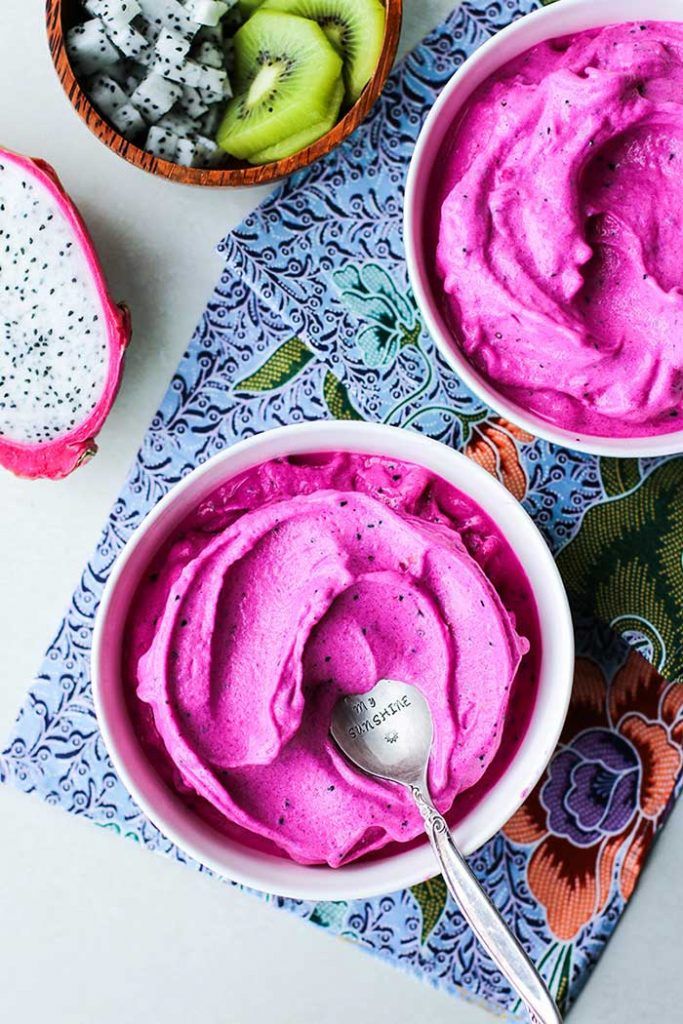
Pitaya, the benefits of which are obvious, has a positive effect on the work of the digestive and cardiovascular systems. Therefore, it is recommended to include it in the diet for older people suffering from chronic diseases of the stomach, intestines, and heart. Dragon fruit strengthens eyesight, and if added to the menu, it will be possible to increase sharpness and prevent ophthalmic diseases associated with visual dysfunction.
Pitahaya for men
The fruit is famous for its antioxidant properties, due to which toxins are removed from the body faster, leading to general intoxication. That is why the dragon fruit is so useful for the stronger sex, who are much more likely than women to abuse bad habits - fatty foods, smoking, drinking alcohol. In addition, antioxidants serve as an excellent preventive measure that prevents inflammation of the prostate gland.
Men are also more prone to cardiovascular diseases than women. In order to prevent the development of pathologies such as heart attack, stroke, atherosclerosis, it is advisable to diversify your diet with pitahaya, rich in calcium and potassium.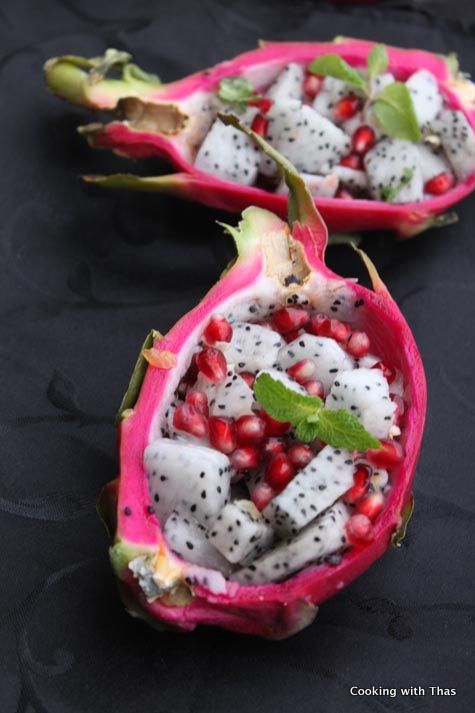 It is these trace elements that strengthen the walls of blood vessels and the heart muscle, which even in healthy people periodically needs vitamin support.
It is these trace elements that strengthen the walls of blood vessels and the heart muscle, which even in healthy people periodically needs vitamin support.
Pitaya for Women
Pitaya, which is very low in calories, is often included in the diet of women who are on a strict diet and control body weight. Dragon eye fruit really helps in weight loss, while saturating the body with essential vital substances and elements.
Pitahaya is known for its antioxidant properties, therefore, using it daily, it will be possible to slow down the aging process, the appearance of fine mimic wrinkles, and a decrease in skin tone and elasticity. Ascorbic acid contained in the pulp stimulates the synthesis of collagen, without which the skin loses moisture, elasticity and quickly ages.
Ripe fruits contain a lot of calcium, which is an excellent prevention of osteoporosis. This disease of bone tissue is often found in women during menopause, when the metabolism changes and the body begins to experience a deficiency of micro and macro elements, useful substances.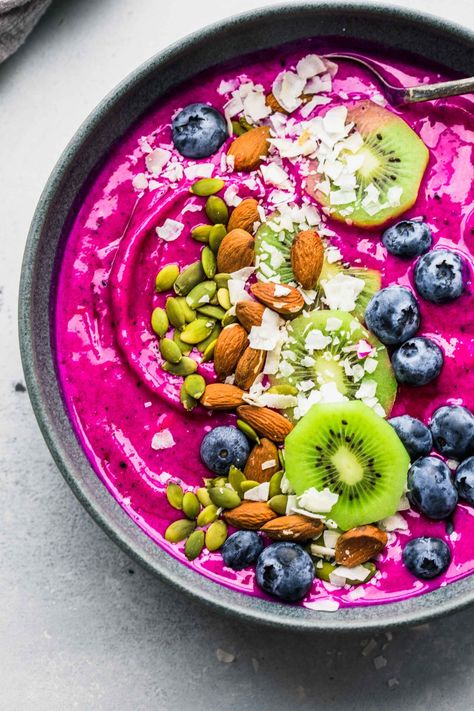
The fruit contains iron, which is necessary for the prevention of iron deficiency anemia. Therefore, pitaya can be included in the diet of pregnant women, who, due to physiological restructuring, often experience a drop in hemoglobin levels. Fiber, which is rich in pulp, will help normalize digestion, eliminate constipation and bloating - disorders that often bother pregnant women at different times.
Dragon fruit for children
Dragon fruit, eaten in moderation, is very beneficial for children. But do not forget that pitahaya, like other exotic fruits, can provoke an acute allergic response. Therefore, children under 5 years of age are not recommended to introduce fruit into the diet. Children of seven years of age can already be offered to try the fruit, but provided there is no tendency to food allergies.
Vitamin B1, which is part of the pulp of the fruit, increases the resistance of the child's body to viruses and infections, which is especially important in the off-season, when acute respiratory infections and acute respiratory viral infections progress.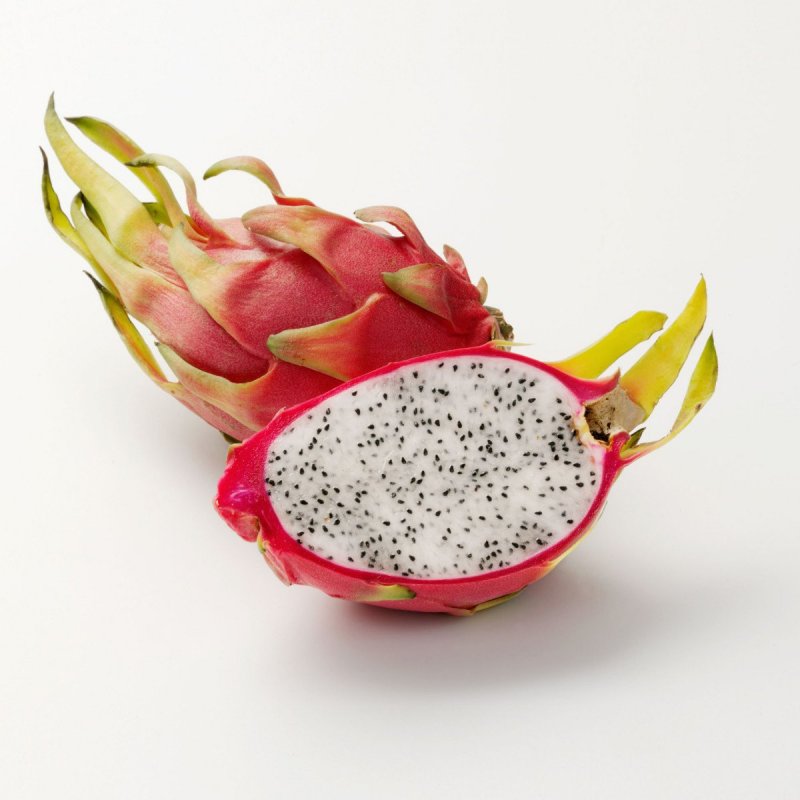 Pitaya has a positive effect on the visual system, so it is an excellent means of preventing nearsightedness and farsightedness - diseases that are often diagnosed in modern children.
Pitaya has a positive effect on the visual system, so it is an excellent means of preventing nearsightedness and farsightedness - diseases that are often diagnosed in modern children.
Ripe fruits can be given to children suffering from digestive disorders. The fruit normalizes intestinal motility, favorably affects the work of the pancreas. Medical research confirms the benefits of pitahaya for diabetes. The product lowers blood sugar levels, normalizes carbohydrate metabolism. Also in the pulp there is a lot of iron - a very important element involved in the production of red blood cells and preventing the development of iron deficiency anemia.
Harm and contraindications Pitaya
The fruit is exotic for people living in Europe, therefore it can be poorly tolerated by the body, causing such negative consequences as:
- heartburn;
- flatulence;
- bowel disorder;
- dyspepsia;
- abdominal pain.
Therefore, at the first acquaintance, it is recommended to try a small piece and observe the general state of health. If no reaction occurs, the portion can be gradually increased. Pediatricians do not advise treating preschool children with dragon fruit, as their immune system has not yet fully formed and matured. Even a small piece of pitahaya can cause an acute allergic reaction and diathesis.
If no reaction occurs, the portion can be gradually increased. Pediatricians do not advise treating preschool children with dragon fruit, as their immune system has not yet fully formed and matured. Even a small piece of pitahaya can cause an acute allergic reaction and diathesis.
Pitaya: application
The biggest popularity of dragon fruit in the homeland. In the world, pitahaya is used raw as an exotic delicacy. The taste of the fruit is delicate and moderately saturated. It can be found dried.
Pitahaya is used in medicine, where the extract is often obtained. The fruit helps improve overall well-being and can treat certain ailments for people of all ages. Pitahaya is used in cosmetology, but also in the birthplace of the fetus.
In cooking
Pitaya is mostly eaten raw, as the fruit is difficult to cook. Ripened, ready-to-eat fruits can be easily peeled by hand even without a knife. The peel is removed from them without problems, exposing the tender, sweet pulp.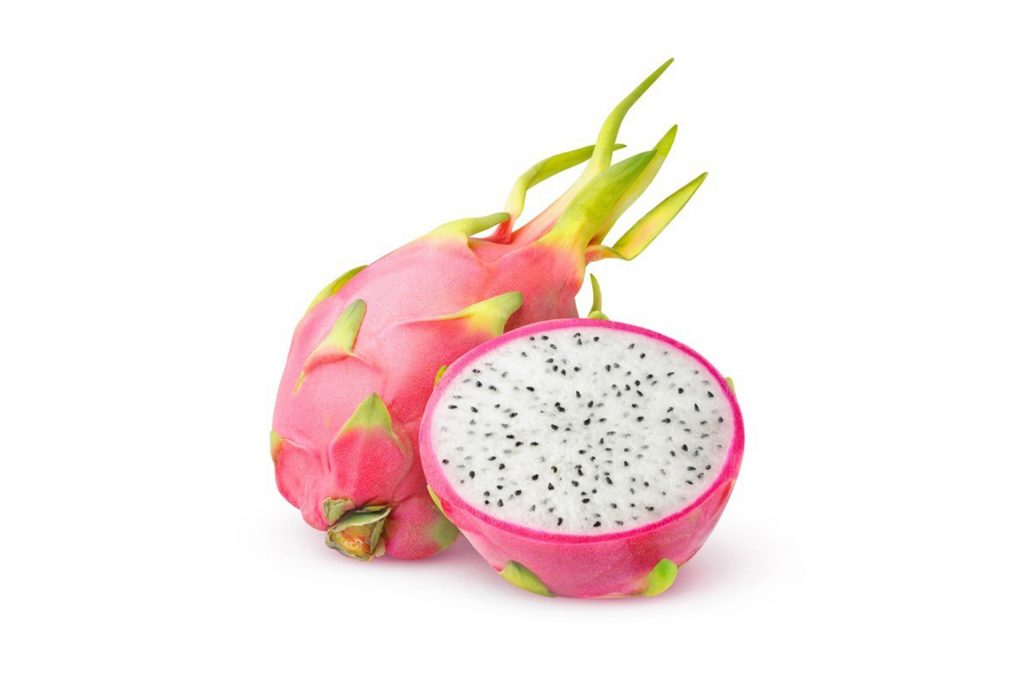 It is recommended to eat pitaya chilled, because this way its unusual taste will be revealed better and brighter.
It is recommended to eat pitaya chilled, because this way its unusual taste will be revealed better and brighter.
Can be served sliced like kiwi. To do this, the fruit is cut into 2 parts, and then in half rings. The peel is inedible, so after eating it is thrown into the trash. You can use the fruits to make exotic desserts, but it is important to remember that pitaya does not go well with foods that have a sharp taste and pungent smell.
Ripe fruits are used to make juice, wine drinks that can be drunk on their own or combined with other components that make up alcoholic and non-alcoholic cocktails. For example, in Spain, pitaya juice is mixed with lime or lemon juice. It turns out a traditional refreshing summer drink with an unusual pleasant taste.
Pitahaya pulp is found in confectionery, sweets, yogurt, ice cream and other desserts. In countries where the culture is grown massively, jelly and jams are made from ripe fruits. There are recipes for sauces for meat and fish dishes, which are based on dragon fruit.
Pitaya seeds are indigestible, but contain beneficial lipids. In order for lipids to be absorbed by the body, the seeds must be thoroughly chewed. The beneficial properties of the dragon fruit seed were valued by the Indians, who separated the microscopic grains from the pulp, ground them and prepared nutritious stews based on them.
In medicine
Pitahaya is known for its healing properties. Among them is the restoration of the digestive system. Fiber in the composition of the pulp allows you to cleanse the gastrointestinal tract from the so-called toxins, as well as reduce inflammation. The work of the intestines is gradually and delicately adjusted.
Due to the large amount of vitamin C in the pulp, regular consumption of dragon fruit can improve immunity. This action is especially important during the period of seasonal diseases or general malaise.
In cosmetology
As for cosmetology, pitahaya is not used so often. In the homeland of an exotic fruit, freshly prepared gruel is used to make an express mask. It is left on the skin for 15 minutes, and then washed off with warm water.
It is left on the skin for 15 minutes, and then washed off with warm water.
Pitahaya provides hydration, suitable for dry skin. For oily skin, the fruit is also suitable for care, but not more than a couple of times a week. The fruit extract is used in shampoos and hair masks.
How to choose and store pitaya
In order for the fruit to bring the maximum benefit to the body and please it with a pleasant taste, it is important to choose a ripe fruit. When choosing, the first thing you should pay attention to is the condition of the peel. A bright, rich color speaks of the ripeness of the pitahaya. But if the skin color is uneven, and the fruit itself is hard to the touch, this indicates immaturity. You should not eat green fruits, as they have an unpleasant taste.
If the peel is covered with spots, pale patches, this is a characteristic sign that the fruit is overripe. Spoiled and stale fruits are also forbidden to be eaten, because they can cause such negative reactions as:
- poisoning;
- fermentation;
- profuse flatulence.
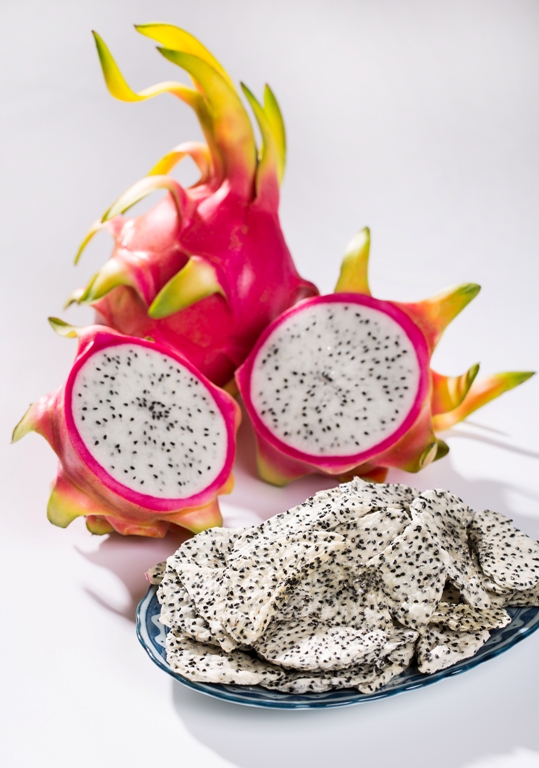
Other rules for a good choice:
- The average weight of a ripe fruit is about 150 g. It is not recommended to buy too small or too large fruits, which can be either unripe or overripe.
- Pay attention to scales. If they dried up and became pale, this indicates that the fruit was plucked a long time ago and could have deteriorated.
- Feel the pitahaya before buying. If it is unripe, then it will be firm to the touch, ripe fruits are soft and elastic.
Ripe dragon fruit spoils very quickly, so it is advisable to eat it immediately after purchase. You can store fruits in the refrigerator, but no more than 4 days. Unripe fruits are stored longer, but they still ripen in the refrigerator, so it is advisable to periodically inspect the peel during storage.
How to clean and eat pitaya
Pitaya, not everyone knows how to eat it, can be eaten in different ways. But before that, it is necessary to peel off the rough peel. The fruit is peeled in the following ways:
The fruit is peeled in the following ways:
- Like a banana. You need to start from the top, leaving the edible pulp in your hand.
- Like an orange. In this case, the fruit is divided into slices with a knife.
- Like a kiwi. The fruit must be cut in half, and the core should be chosen with a dessert spoon.
- Like a popsicle. Remove the peel as you eat the sweet pulp.
If dragon fruit is to be used for making fruit salad, it must first be cut into two even parts, and the pulp should be separated with a spoon, leaving the peel in the form of a boat. Cut the pulp into cubes, combine with other fruits, then put in boats and decorate with umbrellas. Such a salad will become the main dish of the festive table and will surprise guests with an unusual exotic taste.
PITAHAYA or dragon's heart. Review. How to clean it?
Watch this video on YouTube
What to cook?
Dragonfruit is usually used raw so as not to overpower the delicate flavor. The fruit is served chilled and peeled. Cut the fruit into cubes or slices, like a watermelon or melon. Such pieces are added to salads. What you need:
The fruit is served chilled and peeled. Cut the fruit into cubes or slices, like a watermelon or melon. Such pieces are added to salads. What you need:
- watermelon;
- melon;
- apple;
- strawberries.
Any ingredient you like can be added to the salad.
The second option is to prepare a refreshing cocktail from pitahaya. For example, any fruits, berries and lemon juice are added to the composition of the drink to enhance the taste of the dragon fruit.
Also read our selection of what can be cooked with pitahaya or go to the section of pitahaya recipes.
Frequently Asked Questions
How to clean the dragon fruit?
Cleaning is no problem. It is enough to peel the peel and get the tasty pulp.
Is it possible to give pitahaya to children?
As for complementary foods, it is not advisable to give pitahaya to children, especially small ones.
